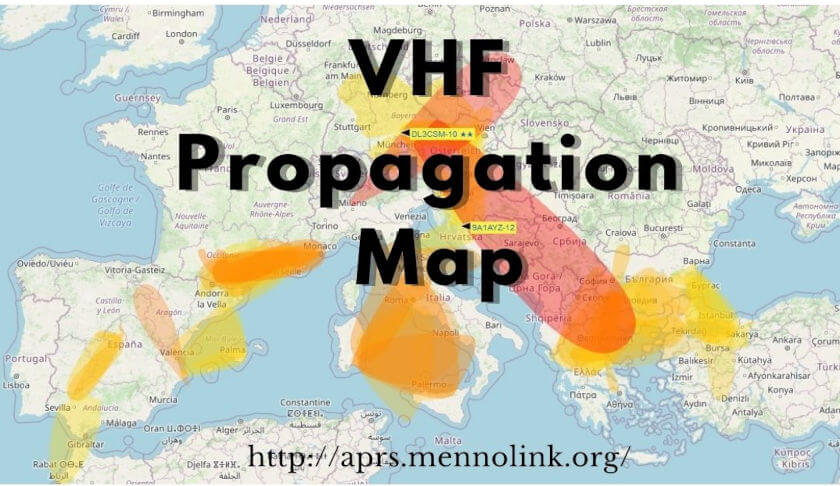The Fascinating World of Curtilage in Law
Curtilage in law is a concept that has captured the attention of legal scholars and practitioners for centuries. Refers area land surrounding dwelling deemed part dwelling legal purposes. The boundaries of curtilage can be a source of contention in legal cases, and understanding this concept is crucial for anyone involved in property law.
Defining Curtilage
In legal terms, curtilage is the area immediately surrounding a dwelling that is used for domestic purposes. Can include yard, or land considered part property. Boundaries curtilage always clear-cut, courts consider variety factors, proximity land dwelling, nature use land, steps taken protect area observation.
Case Studies
One notable example curtilage law case Oliver v. United States (1984). In this case, the Supreme Court held that an open field located 50-200 feet from the defendant`s house was not within the curtilage of the home, and therefore was not protected by the Fourth Amendment. Decision hinged Court`s determination area question intimately tied home used domestic purposes.
Statistics
According to a study conducted by the American Bar Association, curtilage disputes are a common source of litigation in property law cases. In fact, the study found that approximately 30% of property law cases involve disputes over the boundaries of curtilage. This statistic underscores the importance of a clear understanding of curtilage in the legal community.
The concept of curtilage in law is a fascinating and complex area of legal study. Boundaries curtilage implications property law crucial legal practitioners scholars alike. Delving intricacies curtilage, gain deeper appreciation complexities property law ways law seeks protect rights property owners.
Defining Curtilage: A Legal Contract
Curtilage is a concept in property law that refers to the area of land immediately surrounding a dwelling that is associated with and used for domestic purposes. This contract outlines the legal definition and application of curtilage in accordance with relevant laws and legal practice.
Contract Terms
| 1. Definitions |
|---|
| In this contract, “curtilage” refers to the area immediately surrounding a dwelling that is considered part of the property for legal purposes. Includes areas gardens, and outbuildings. |
| 2. Legal Definition |
| Curtilage is defined as the land immediately surrounding and associated with a dwelling, and is considered an extension of the privacy and security of the home. Generally considered include areas used domestic activities within enclosure property. |
| 3. Application Curtilage |
| The concept of curtilage is important in determining the extent of privacy and protection afforded to a property under the law. It plays a role in legal issues such as search and seizure, trespassing, and privacy rights. |
| 4. Legal Practice |
| Legal professionals and courts will consider various factors in determining the extent of curtilage, including the proximity of the area to the dwelling, the use of the area by the residents, and any steps taken to protect the area from observation or intrusion. |
| 5. Governing Laws |
| This contract is governed by the property laws and legal precedents relevant to the jurisdiction in which the property in question is located. Relevant statutes and case law will be considered in interpreting and applying the concept of curtilage. |
Understanding Curtilage in Law: Top 10 FAQs
| Question | Answer |
|---|---|
| 1. What curtilage law? | Curtilage refers to the area surrounding a dwelling that is considered part of the home for legal purposes. It may include structures, land, and outbuildings that are closely associated with the dwelling. |
| 2. How is curtilage determined? | Curtilage determined considering factors proximity area dwelling, nature use, steps taken protect area observation, complex legal concept assessed case-by-case basis. |
| 3. Why is curtilage important in law? | Curtilage is important because it affects the extent of Fourth Amendment protections against unreasonable searches and seizures. It also impacts property rights and privacy expectations. |
| 4. Can curtilage be different for different properties? | Yes, curtilage can vary based on the unique characteristics of each property. A rural farm may have a different curtilage compared to an urban apartment, for example. |
| 5. What are some examples of curtilage? | Examples of curtilage may include a backyard, a front porch, a fenced-in garden, a detached garage, or any area that is intimately tied to the home and its activities. |
| 6. Can curtilage change over time? | Yes, curtilage can change due to alterations in the property, changes in land use, or other factors. It is important for property owners to stay aware of potential shifts in curtilage boundaries. |
| 7. What rights do property owners have regarding curtilage? | Property owners have the right to expect privacy and protection from government intrusion within their curtilage, as long as they take reasonable steps to shield the area from public view. |
| 8. Can law enforcement enter curtilage without a warrant? | Law enforcement generally cannot enter curtilage without a warrant, unless certain exigent circumstances exist. However, the specifics can vary based on individual cases and interpretations of the law. |
| 9. What should property owners do to protect their curtilage rights? | Property owners should maintain clear boundaries around their curtilage, post no trespassing signs if necessary, and stay informed about legal developments and precedents related to curtilage. |
| 10. How can legal professionals help with curtilage issues? | Legal professionals can provide guidance on curtilage boundaries, help property owners understand their rights, and represent them in legal proceedings involving curtilage-related matters. |

